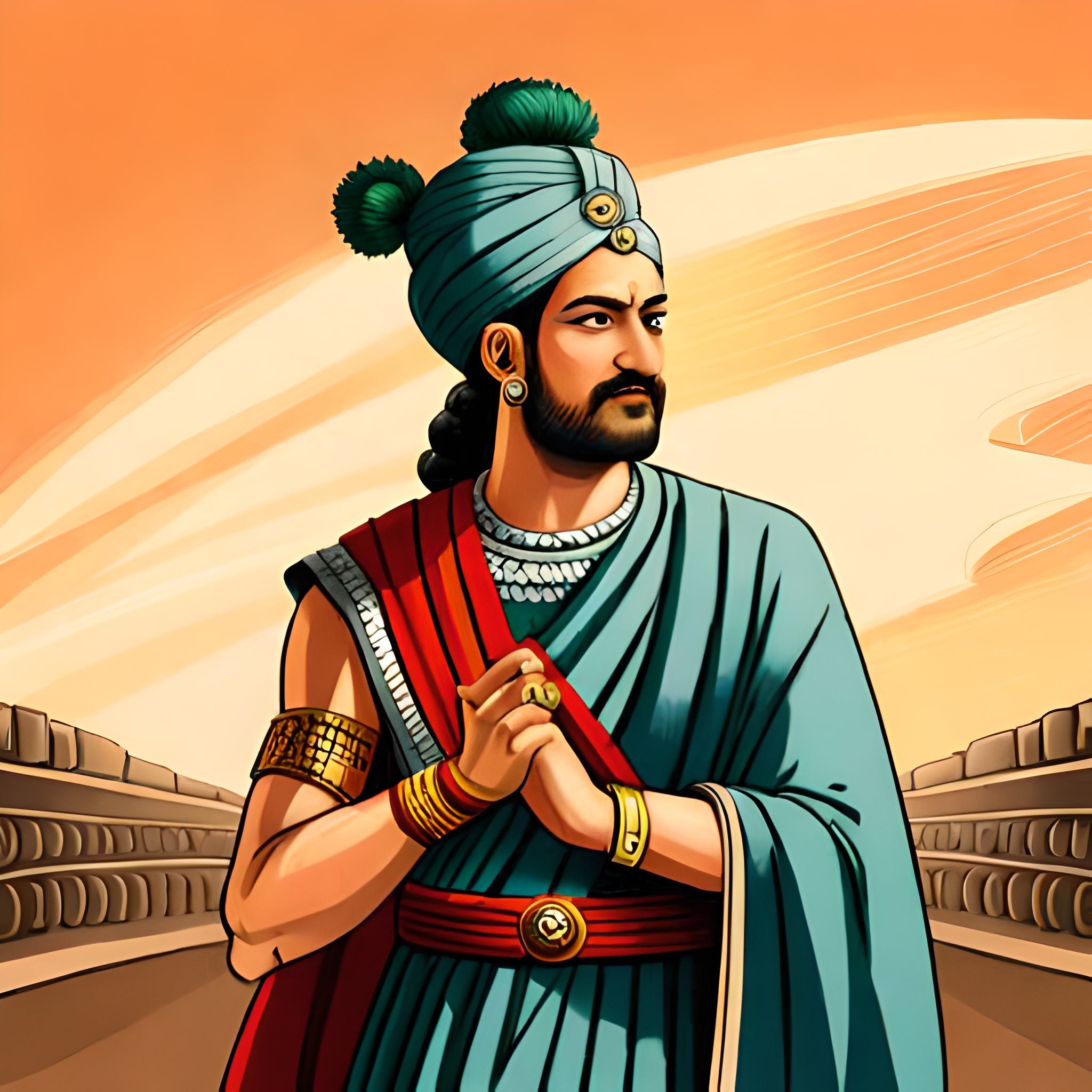仏教は、紀元前5世紀頃、インドのガンジス川流域で始まりました。その後、阿含仏教と呼ばれる初期の仏教が発展しました。この時期の仏教は、仏陀の教えを集成した経典である「阿含経」に基づいていました。
その後、仏教は北インドで発展し、紀元前3世紀頃、インドの王朝マウリヤ朝のアショーカ王によって広められました。アショーカ王は、仏教を国教として採用し、多くの宗教施設を建設し、仏教を広めるために多くの僧侶を派遣しました。

その後、仏教は中国や東南アジアに伝わり、多くの国々で広がりました。この時期に発展した仏教は、大乗仏教と呼ばれ、より広い義務を持ち、より高い道徳的および精神的な理想を目指すようになりました。大乗仏教の中心的な経典は、『法華経』や『涅槃経』などです。
また、仏教はチベット、日本、韓国など、さまざまな文化や地域に影響を与え、異なる形で発展しました。たとえば、日本の仏教には、禅宗や浄土宗など、多くの流派があります。
総じて言えることは、仏教は長い歴史を持ち、時代や文化に応じて発展してきました。その教えは、今日でも世界中で多くの人々に愛され、実践されています。
21世紀の仏教は、伝統的な仏教の教えを現代社会に適応させることが求められています。以下は、現代社会において重要となるいくつかのテーマに対する仏教のあり方についての考え方です。
- 科学と仏教の融合
- 仏教と科学の間には多くの共通点があります。仏教は科学的な方法を用いて瞑想や心理学的な実践を研究してきました。現代の仏教は、仏教的な思考を科学的な方法と組み合わせて、人間の心の本質についてより深く理解するために取り組んでいます。
- 社会的責任と共に生きる
- 現代社会においては、社会的責任を持つことがますます重要になっています。現代の仏教は、社会的責任を果たすために、社会の問題に積極的に取り組むことが求められます。例えば、環境問題や社会的格差の問題に取り組むための取り組みが行われています。
- デジタル時代における仏教の役割
- 現代社会はデジタル時代であり、仏教もまた、テクノロジーを活用して、人々に対してアクセスしやすくする必要があります。例えば、オンラインでの瞑想や、SNSを利用したコミュニティの形成などが行われています。
- 宗教間の対話と協力
- 現代社会においては、宗教間の対話と協力がますます求められています。現代の仏教は、他の宗教との対話を通じて、相互理解を深め、共通の問題に取り組むための協力を推進することが求められます。
以上が、21世紀の仏教のあり方についての一例です。現代社会において重要となる問題に対して、伝統的な仏教の教えを応用し、新しい形でアプローチしていくことが求められています。

The Buddhist religion began in the 5th century BC in the region of the Ganges River in India. The early Buddhism that developed at that time was based on the “Agama Sutras,” which were scriptures that compiled the teachings of the Buddha.
Buddhism then spread throughout northern India and was propagated by King Ashoka of the Maurya Dynasty around the 3rd century BC. King Ashoka adopted Buddhism as the state religion, built many religious facilities, and dispatched many monks to spread Buddhism.
Later, Buddhism spread to China and Southeast Asia, where it continued to develop into Mahayana Buddhism, which embraced wider obligations and aimed for higher moral and spiritual ideals. The central scriptures of Mahayana Buddhism include the Lotus Sutra and the Nirvana Sutra.
Buddhism also influenced various cultures and regions, such as Tibet, Japan, and Korea, and evolved in different forms. For example, Japanese Buddhism has many denominations, including Zen and Jodo Shinshu.
Overall, Buddhism has a long history and has developed according to different eras and cultures. Its teachings are still loved and practiced by many people around the world today.
In the 21st century, Buddhism is expected to adapt its traditional teachings to modern society. Below are some ideas on how Buddhism can approach several important themes in contemporary society:
Integration of Buddhism and Science Buddhism and science share many commonalities. Buddhism has used scientific methods to study meditation and psychological practices. Modern Buddhism combines Buddhist thought with scientific methods to gain a deeper understanding of the essence of the human mind.
Living with Social Responsibility In modern society, social responsibility has become increasingly important. Modern Buddhism is required to actively engage with social issues to fulfill its social responsibility. Efforts are made to tackle problems such as environmental issues and social disparities.
The Role of Buddhism in the Digital Age Modern society is in the digital age, and Buddhism also needs to utilize technology to make it more accessible to people. For example, online meditation and the formation of communities through social media are being implemented.
Interreligious Dialogue and Cooperation In modern society, interreligious dialogue and cooperation are becoming more and more necessary. Modern Buddhism is expected to promote mutual understanding and cooperation through dialogue with other religions to tackle common problems.
In summary, these are some ways in which Buddhism can adapt to modern society in the 21st century.
